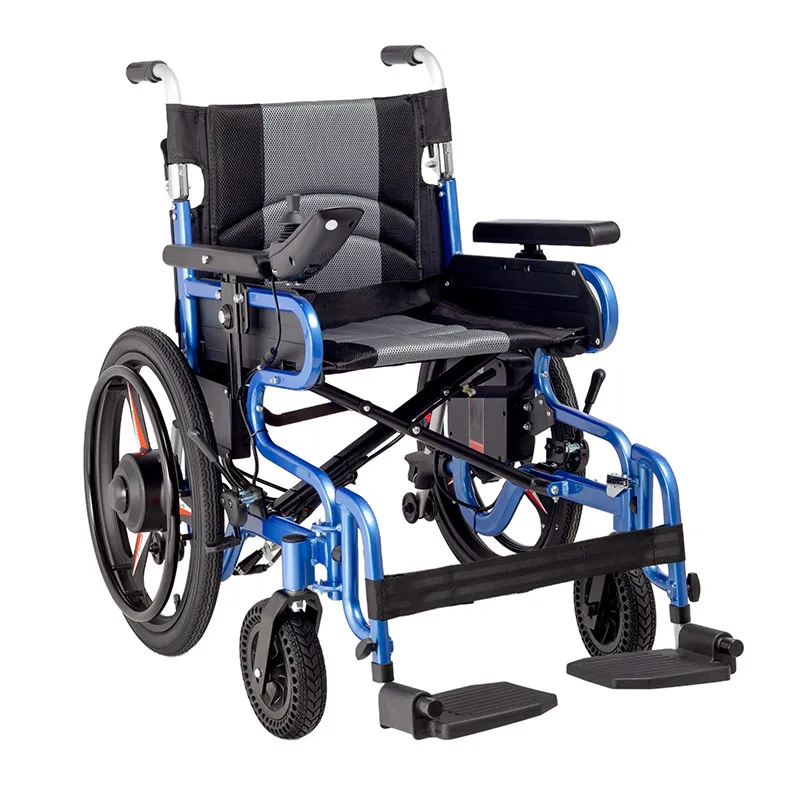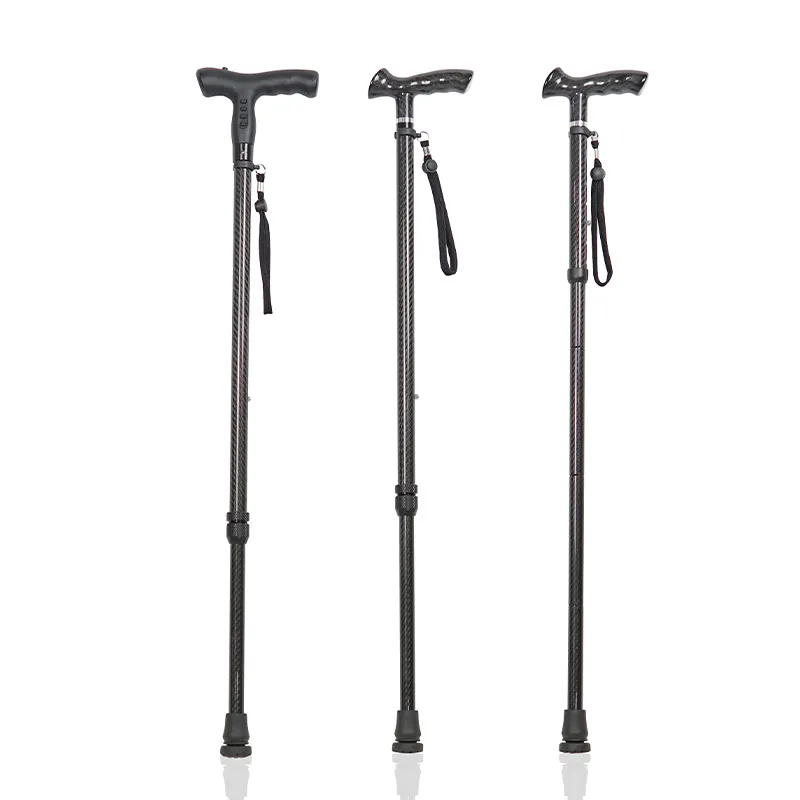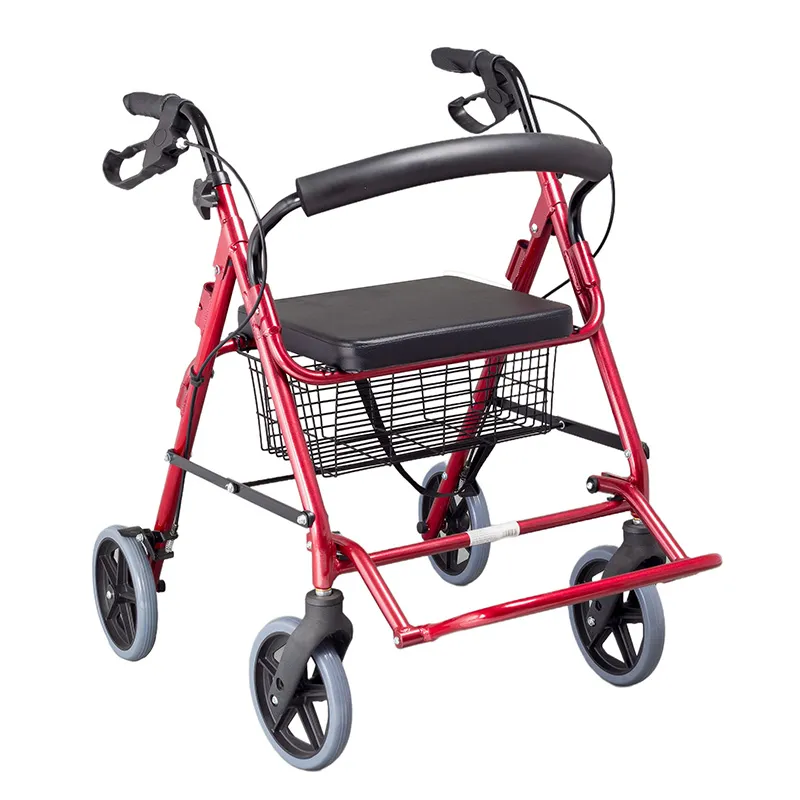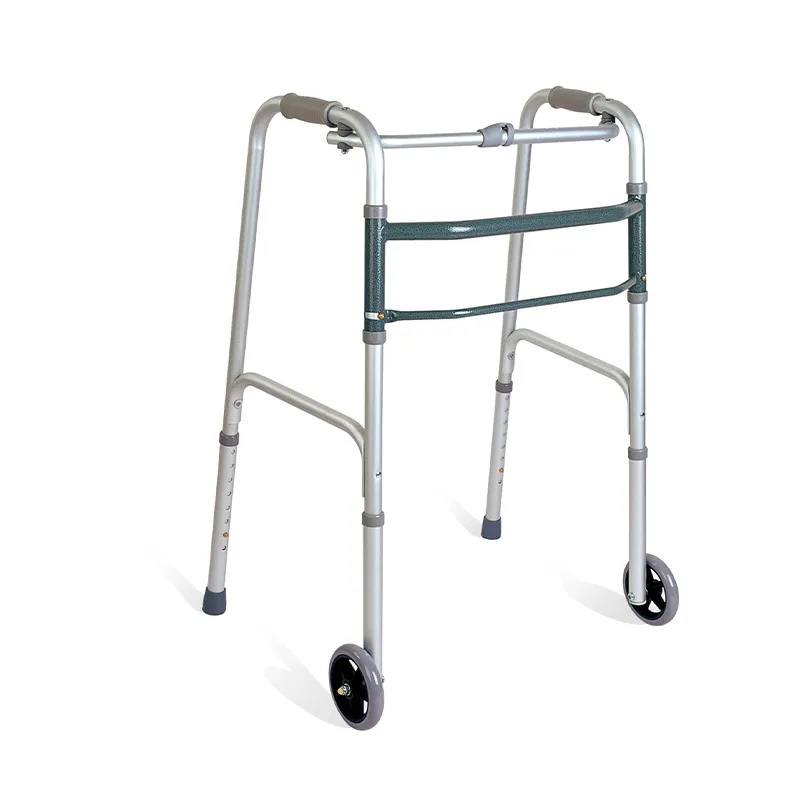
What are assistive devices for the elderly?
2024-08-16 15:30
In order to help the elderly maintain independent living and improve their quality of life, various assistive devices for the elderly have emerged. These tools are of various types and have different functions, covering all aspects of life.
This article will introduce the definition, types, functions and effects of assistive devices for the elderly in detail, to help everyone understand the importance of these tools in the lives of the elderly.

What are assistive devices for the elderly?
Assistive devices for the elderly refer to various appliances and equipment designed specifically for the elderly to help them overcome physical dysfunction and enhance their autonomy in daily life. Such as crutches, walkers, hearing aids, visual aids, bathroom handrails, etc.
The original intention of these tools is to help the elderly overcome the problem of physical function degeneration caused by aging, improve their quality of life and independence, and reduce their dependence on others.

Types of assistive devices for the elderly
There are many types of assistive devices for the elderly, which can be roughly divided into the following categories according to their uses and functions:
1. Walking assistive tools
● Crutch: Helps elderly people with mild mobility difficulties maintain balance and provide support.
● Rollator: With four wheels and a brake system, it is suitable for elderly people who need mild to moderate walking assistance, providing additional mobility convenience and comfort.
● Walking Frame: Provides maximum support and stability for elderly people who need severe walking assistance.
2. Mobility aids
● Wheelchair: Suitable for elderly people with severely limited mobility or who are completely unable to walk, including manual wheelchairs and electric wheelchairs.
● Electric scooters: Electric mobility devices suitable for outdoor use, providing higher autonomous mobility.
3. Auditory aids
● Hearing aids: Help hearing-impaired elderly people improve their hearing ability and enhance communication with the outside world.
4. Visual aids
● Visual aids: Including magnifying glasses, electronic visual aids, etc., to help visually impaired elderly people see objects clearly.
● Glasses: Correct vision problems such as myopia, hyperopia, presbyopia, etc.
5. Daily life aids
● Bathroom handrails: Installed in the bathroom to help the elderly maintain balance while bathing and prevent slipping.
● Commode chair: Provides a convenient and safe toilet environment for elderly people with limited mobility.
● Bedside handrails: Installed at the bedside, helps the elderly get up and go to bed, and reduces the risk of falling.
6. Memory aids
● Reminders: Helps the elderly remember to take medicine, appointments and other important matters.
● Smart watches: Provide health monitoring, emergency calls and other functions to enhance the sense of security of the elderly.

What is the role of elderly assistive tools?
The role of elderly assistive tools is mainly to improve the independence of the elderly, enhance safety, improve the quality of life of the elderly, and promote rehabilitation:
1. Improve independence:
Assistive tools can help the elderly complete many daily activities and reduce dependence on others. For example, walking aids can help them walk independently, and mobility aids can help them move in a wider range.
2. Enhance safety:
Many assistive tools are designed to prevent the elderly from falling or getting injured during daily activities. For example, bathroom handrails and bedside handrails can provide support in key locations to reduce the risk of slips and falls.
3. Improve quality of life:
Assistive tools can greatly improve the quality of life of the elderly. For example, hearing aids and visual aids can help them communicate better with the outside world and participate in social activities; memory aids can help them keep their lives organized and reduce the troubles caused by memory loss.
4. Promote rehabilitation:
Some assistive tools play an important role in the rehabilitation process of the elderly. For example, walkers and walking frames can help them gradually restore their walking ability during rehabilitation training.

How to choose suitable assistive tools for the elderly?
Choosing suitable assistive tools for the elderly requires comprehensive consideration of many factors, including the specific needs, physical condition, use environment and economic conditions of the elderly.
1. Assess needs:
First, the specific needs of the elderly need to be assessed in detail. For example, for the elderly with mild mobility problems, crutches or lightweight walkers can be selected; for the elderly with hearing loss, hearing aids need to be purchased.
2. Consider physical condition:
The physical condition of the elderly is the key to choosing assistive tools. For example, elderly people with heavier weight need to choose walkers with more stable structures and stronger support; elderly people with weaker hand strength need to choose equipment that is simple to operate and easy to control.
3. Adapt to the use environment:
The use environment will also affect the selection of assistive tools. For example, assistive tools for indoor use need to be light and flexible in turning; tools for outdoor use need to adapt to uneven ground and provide better stability and safety.
4. Consider economic conditions:
The prices of assistive tools vary greatly, ranging from simple tools of tens of yuan to advanced equipment of thousands or even tens of thousands of yuan. When choosing, it is necessary to balance price and function according to the economic conditions of the elderly and their families, and choose products with high cost performance.
5. Understand the brand and quality:
Choosing assistive tools from well-known brands can ensure the quality and after-sales service of the products. Before purchasing, you should carefully read user reviews and product reviews to choose products with reliable quality and reasonable design.
Summary
Assistive tools for the elderly are important tools to help the elderly overcome physical dysfunction and improve their quality of life. These tools are of various types and have different functions, covering many aspects such as walking, moving, hearing, vision, daily life and memory. Choosing suitable assistive tools requires comprehensive consideration of the specific needs, physical condition, use environment and economic conditions of the elderly.








